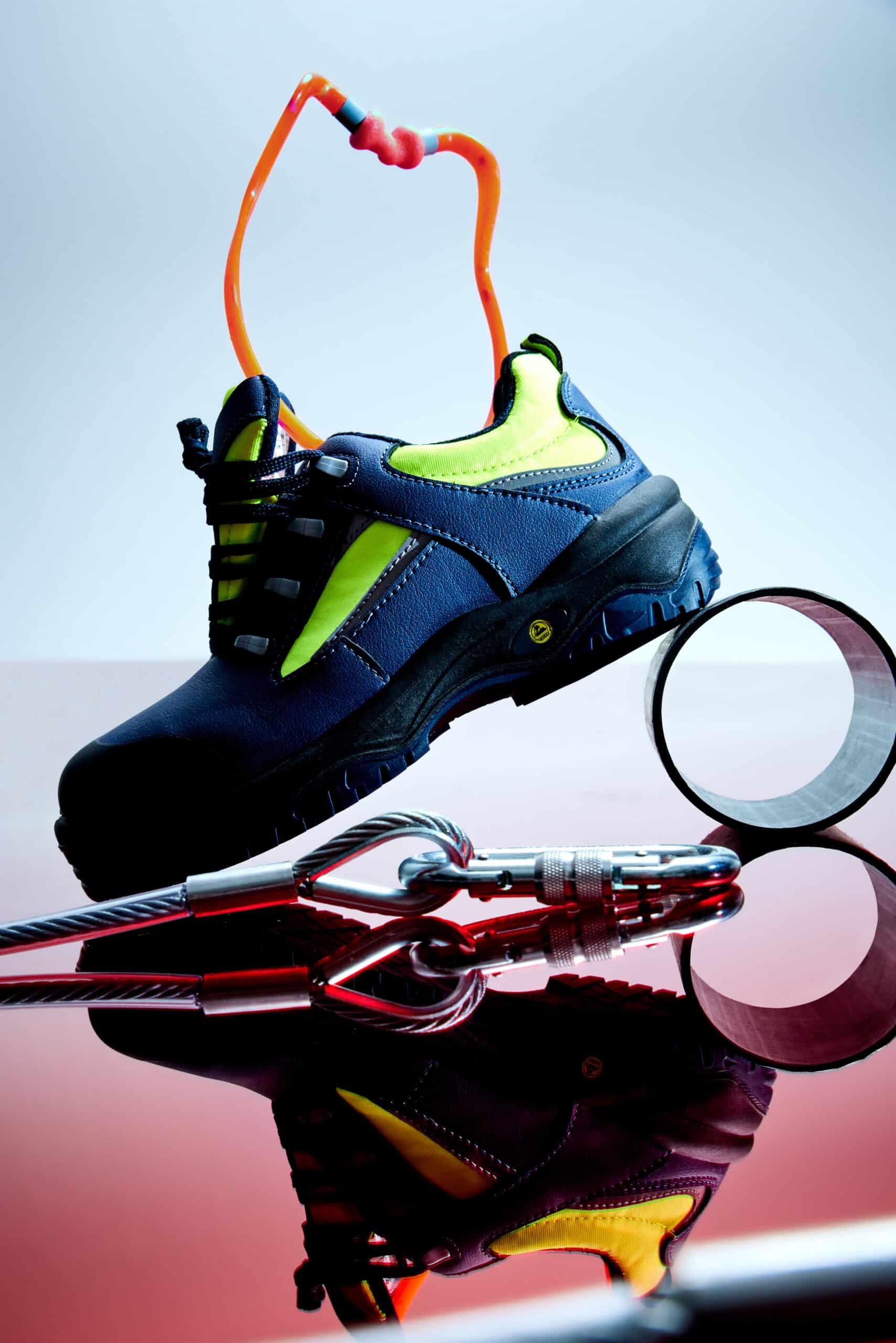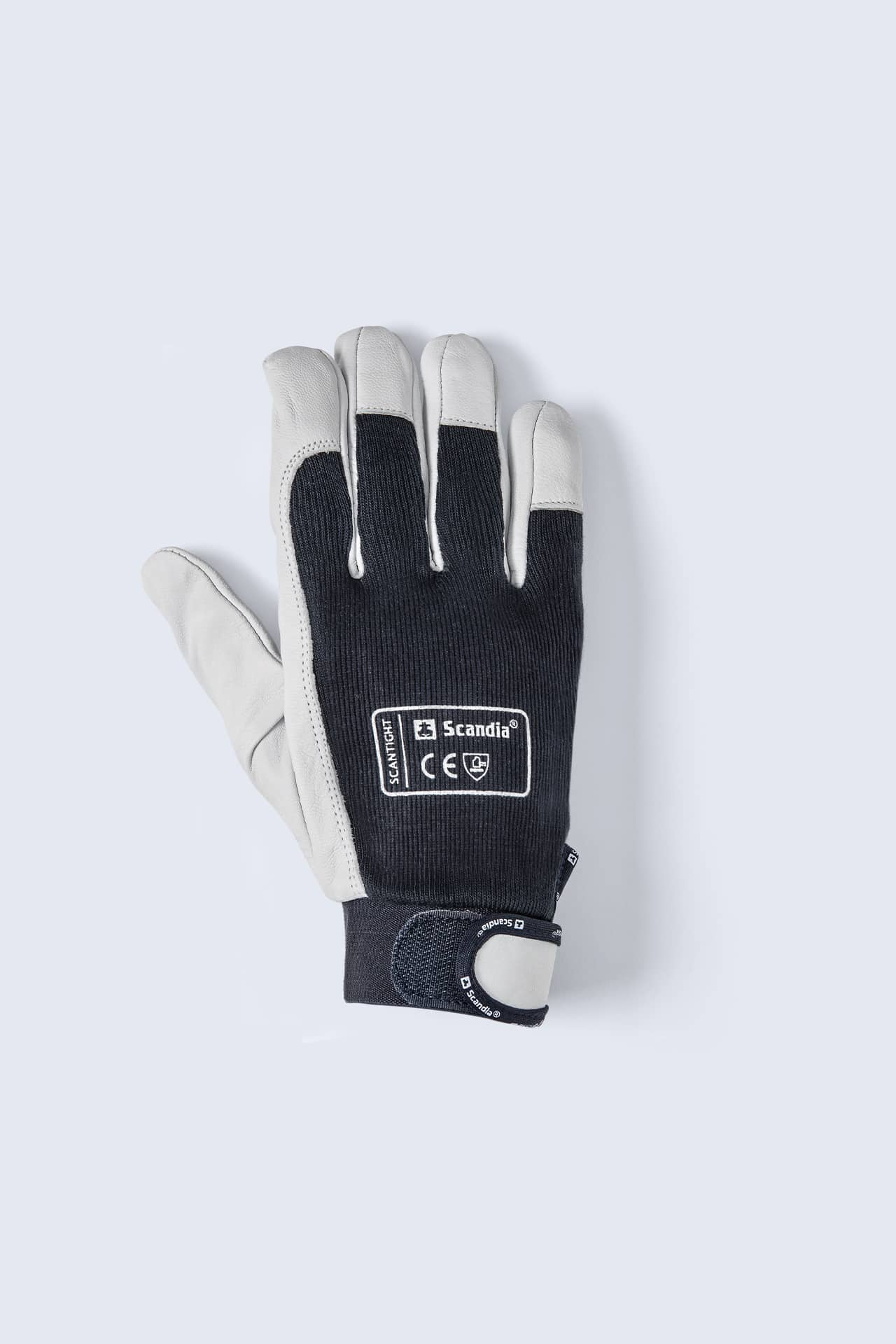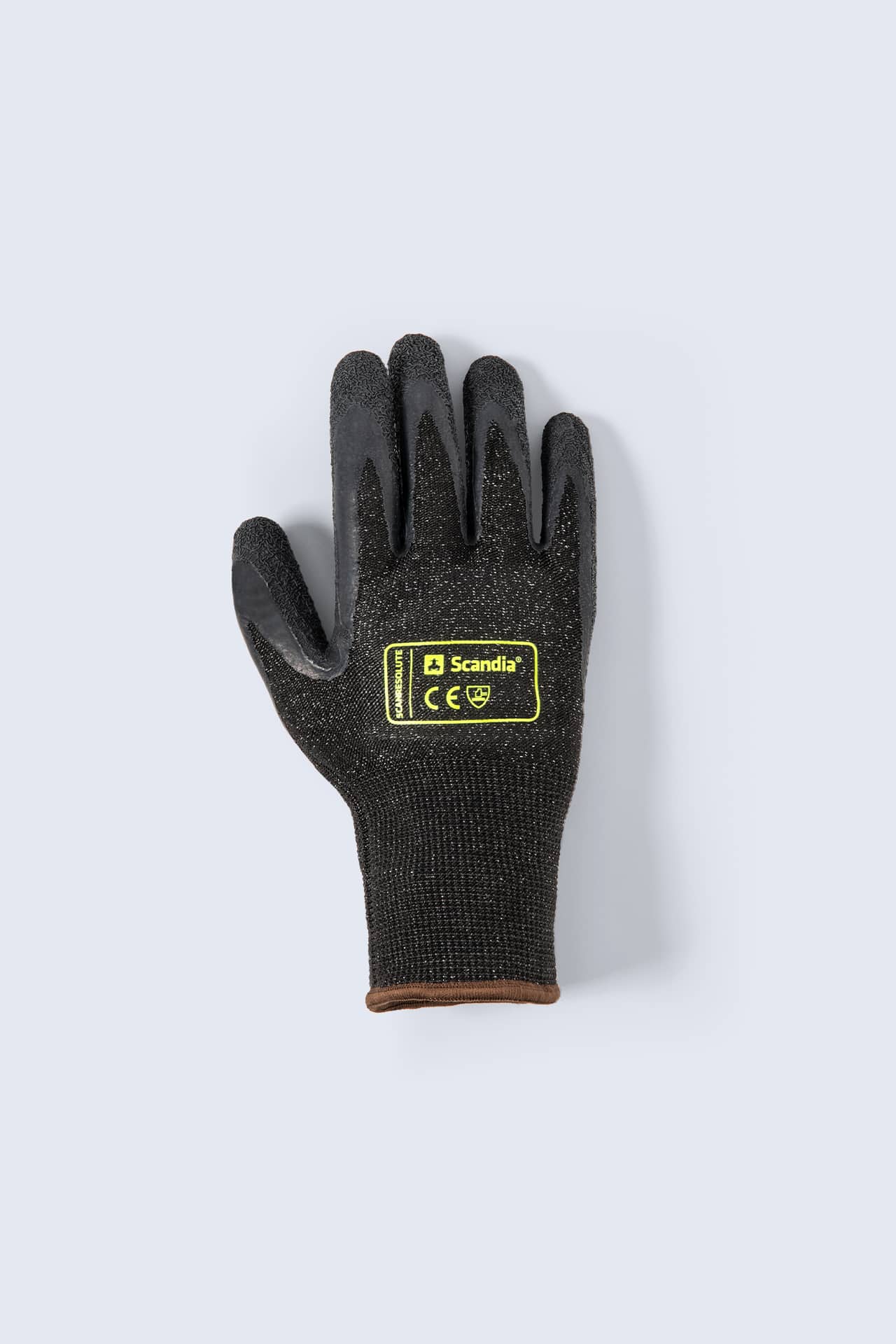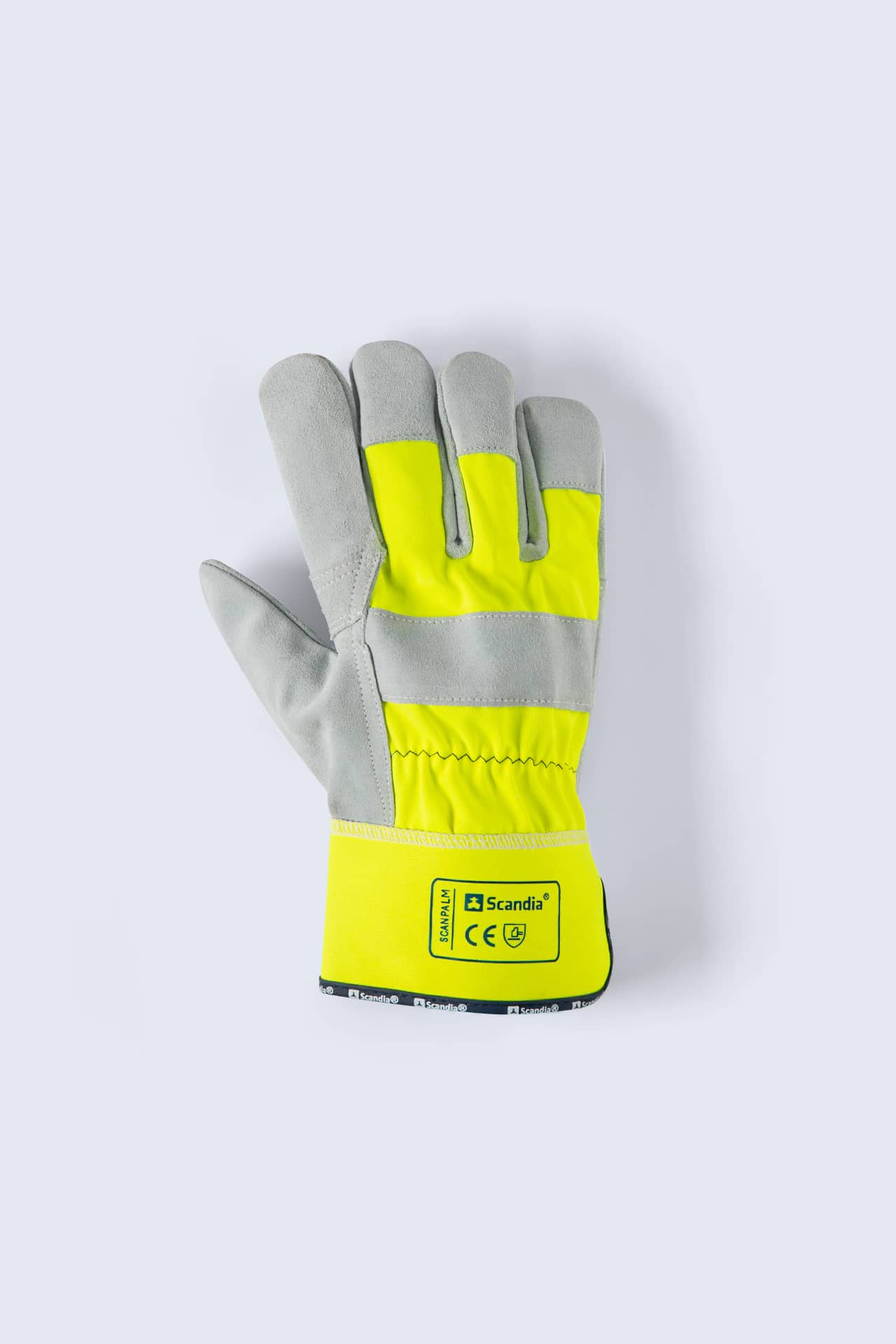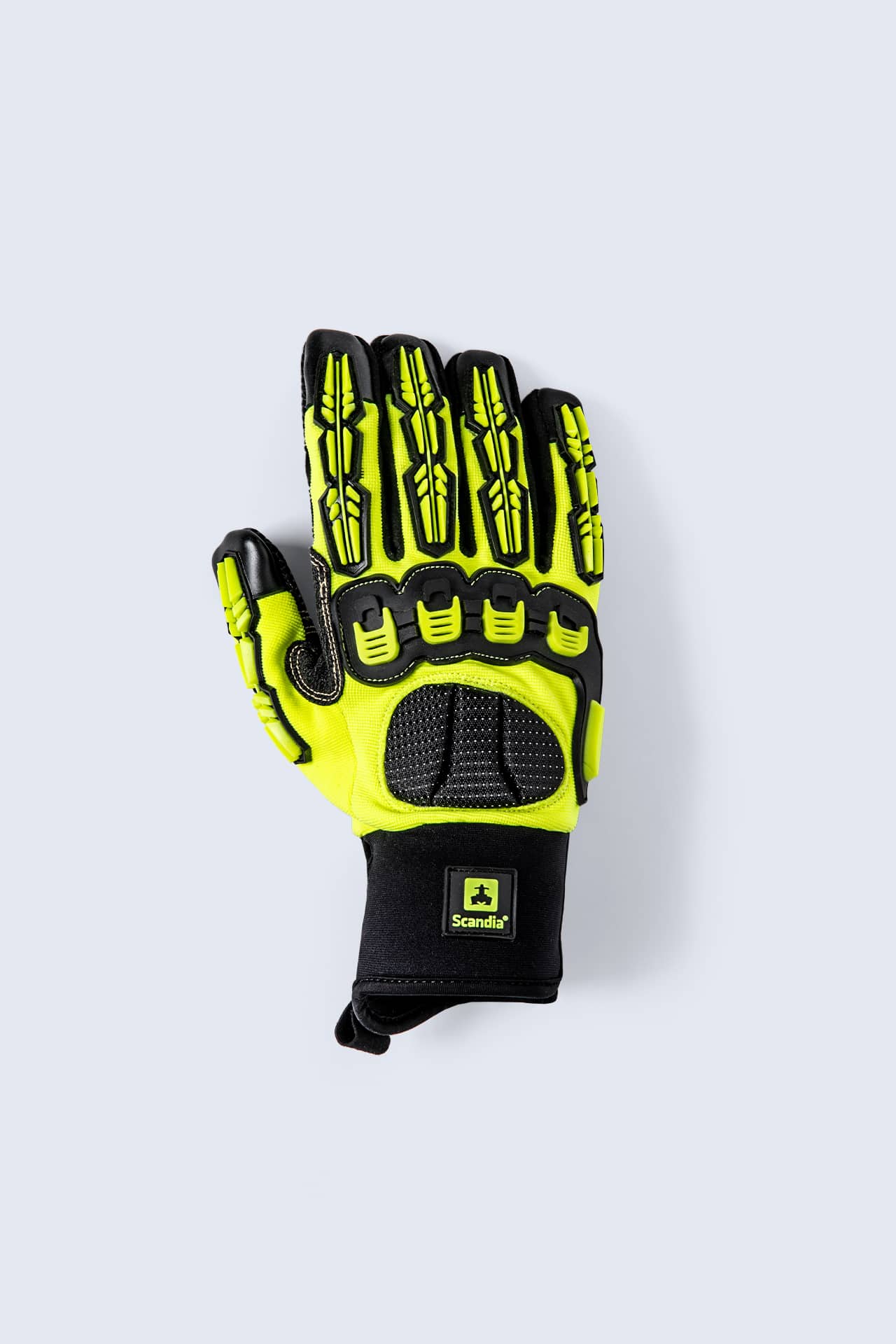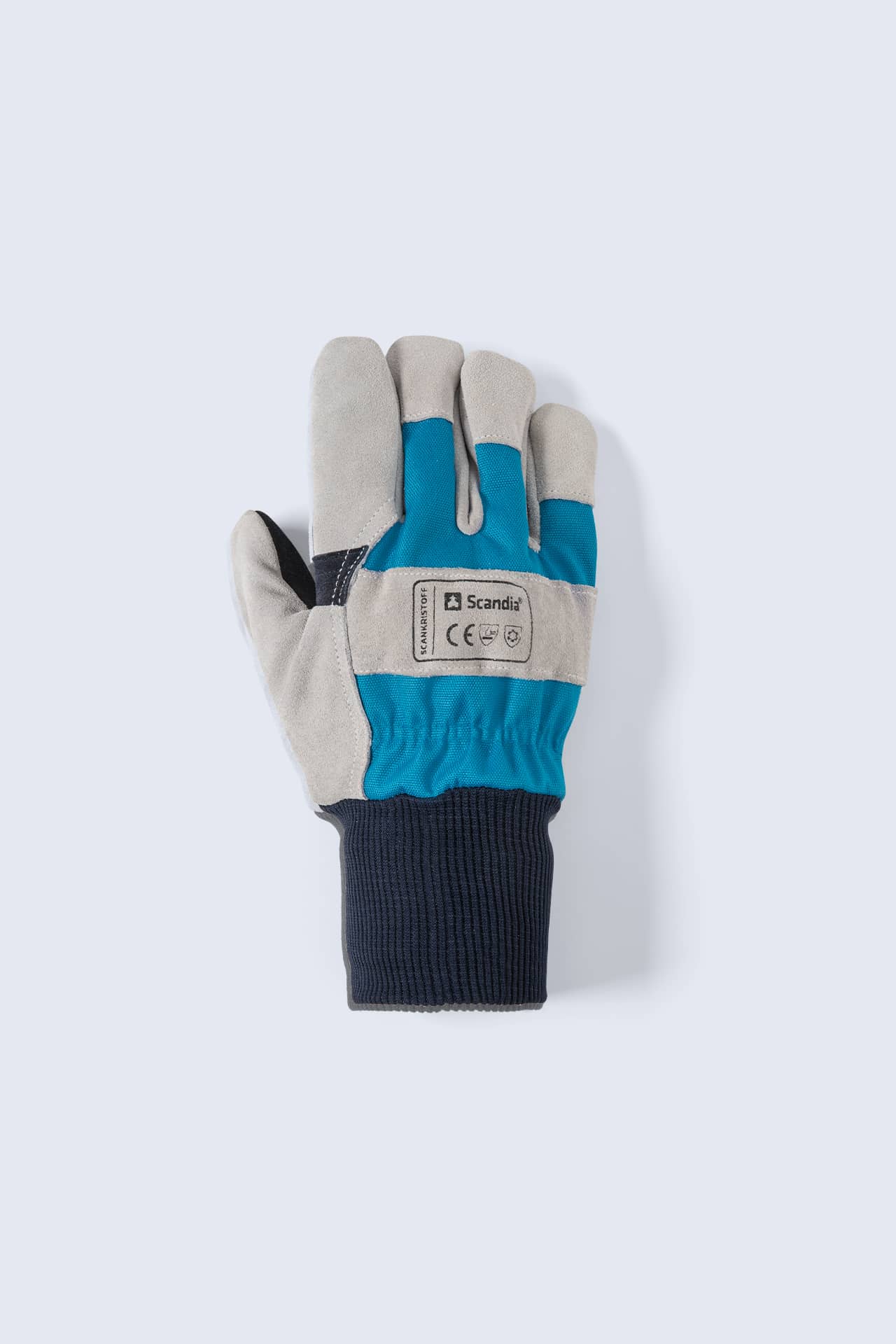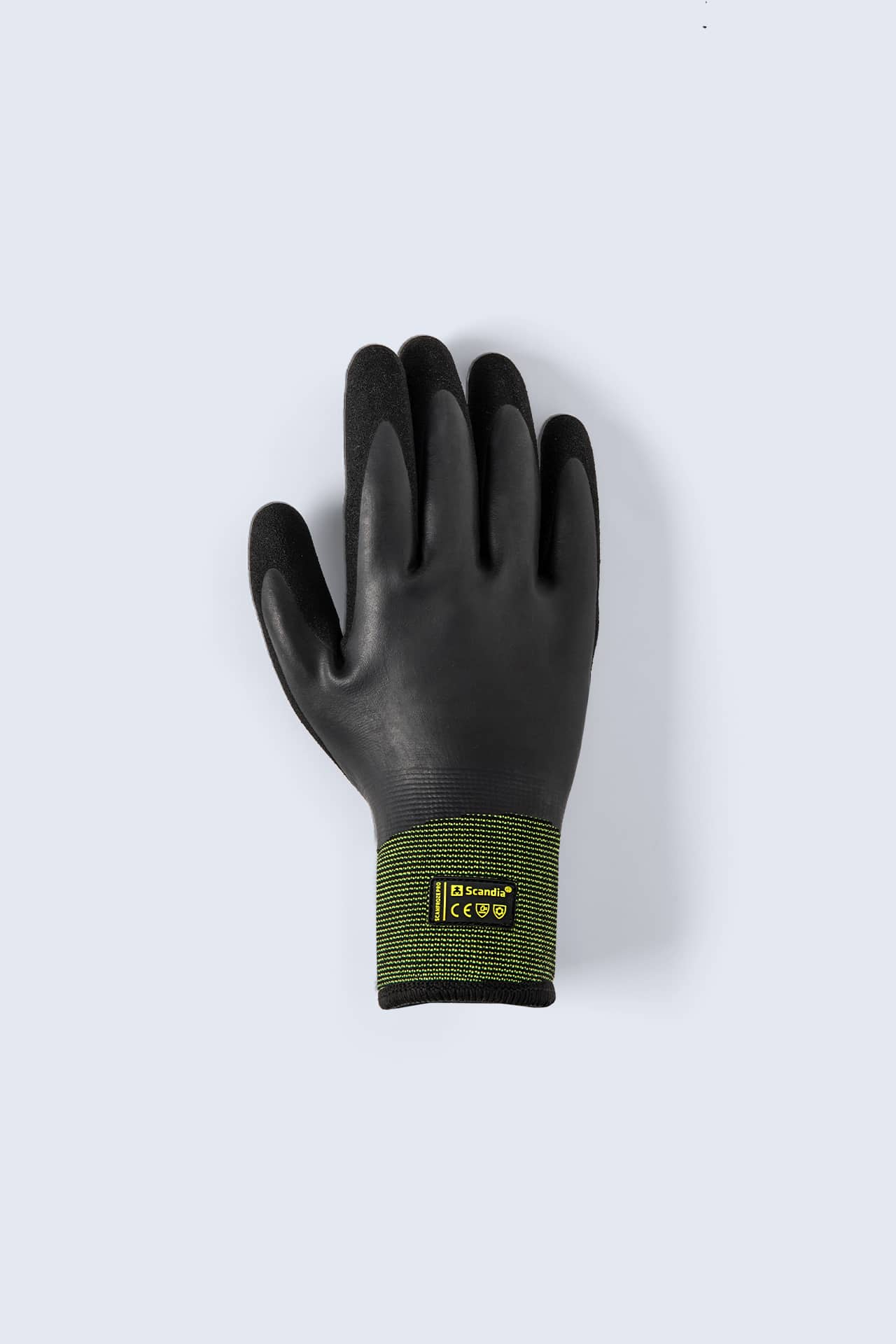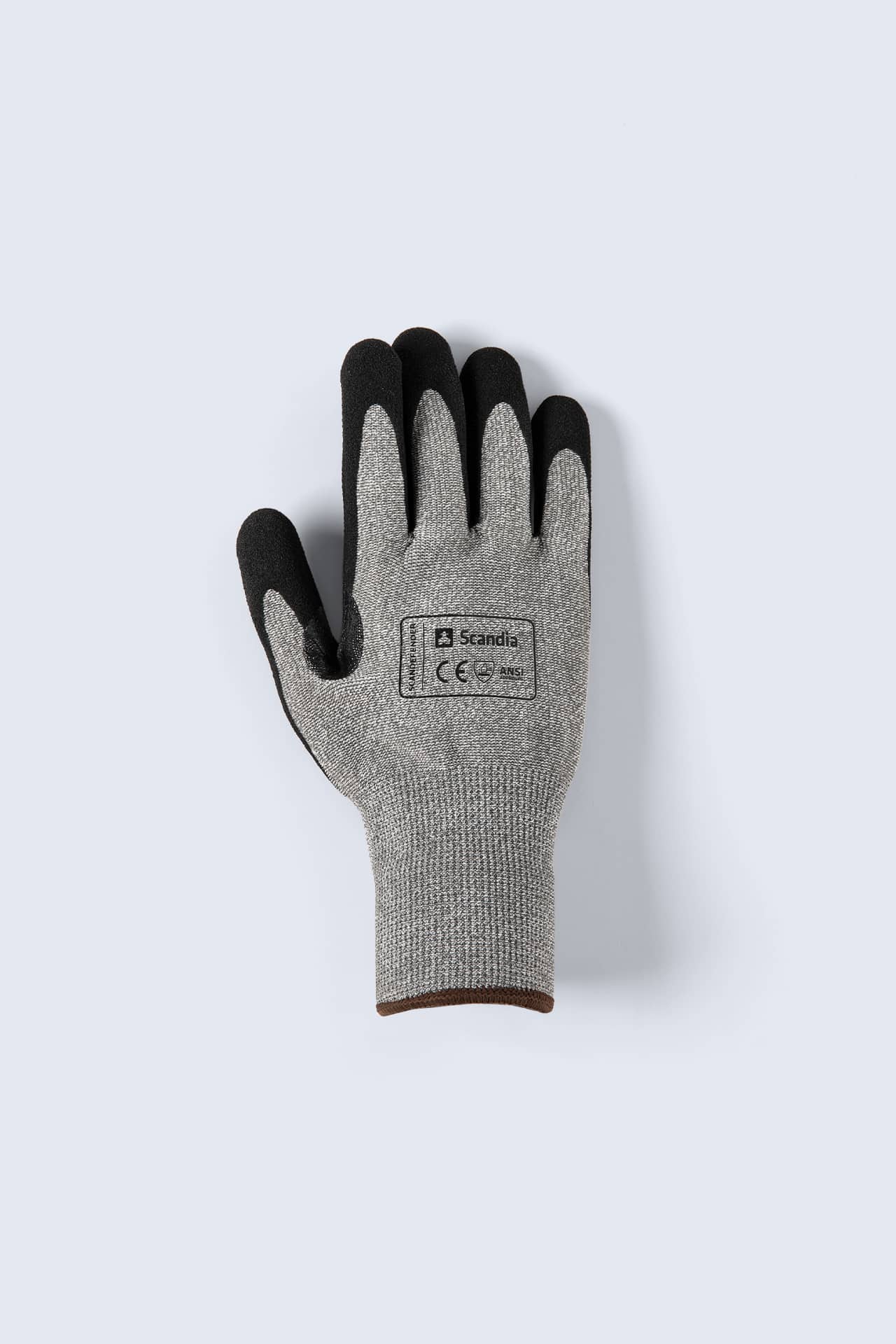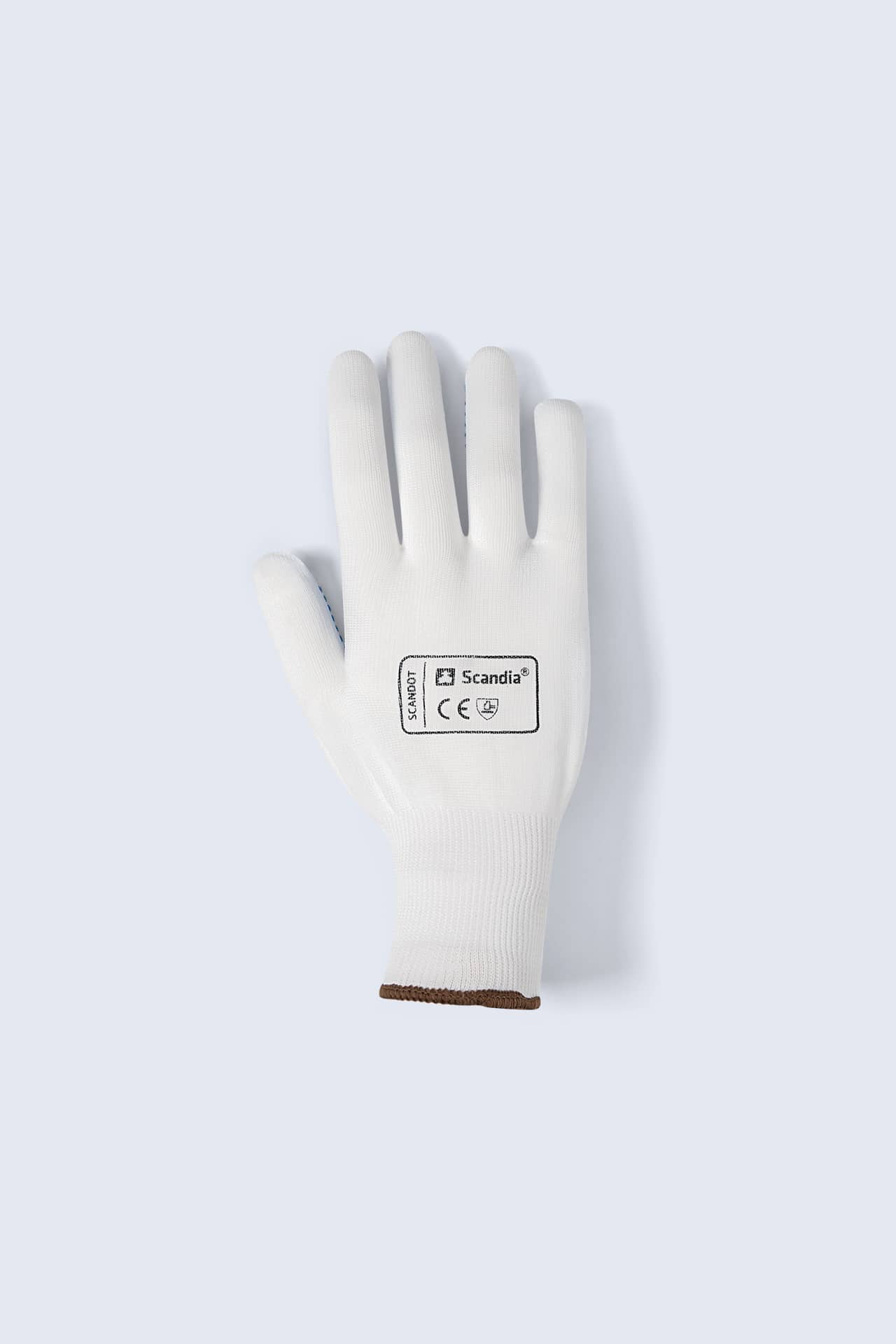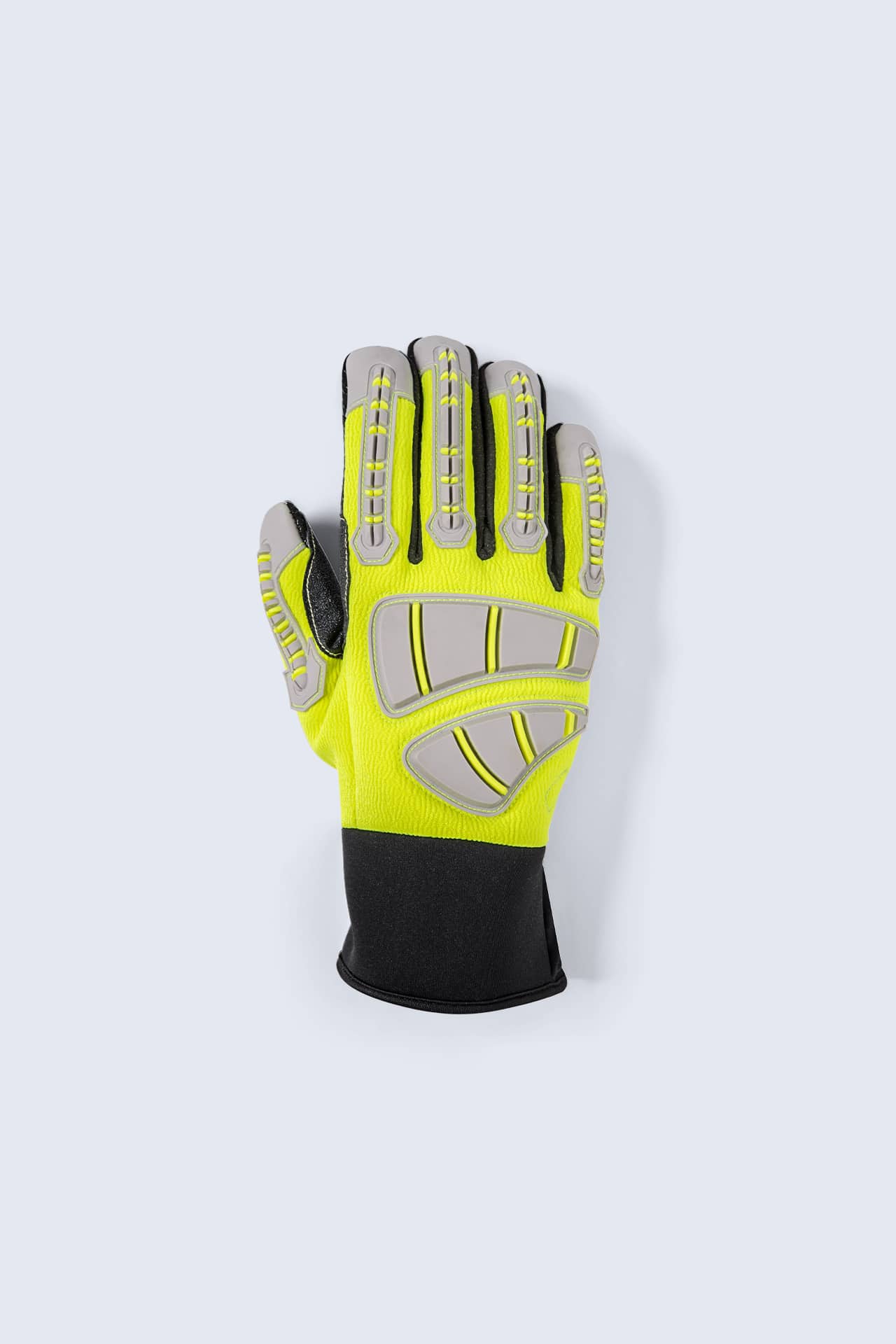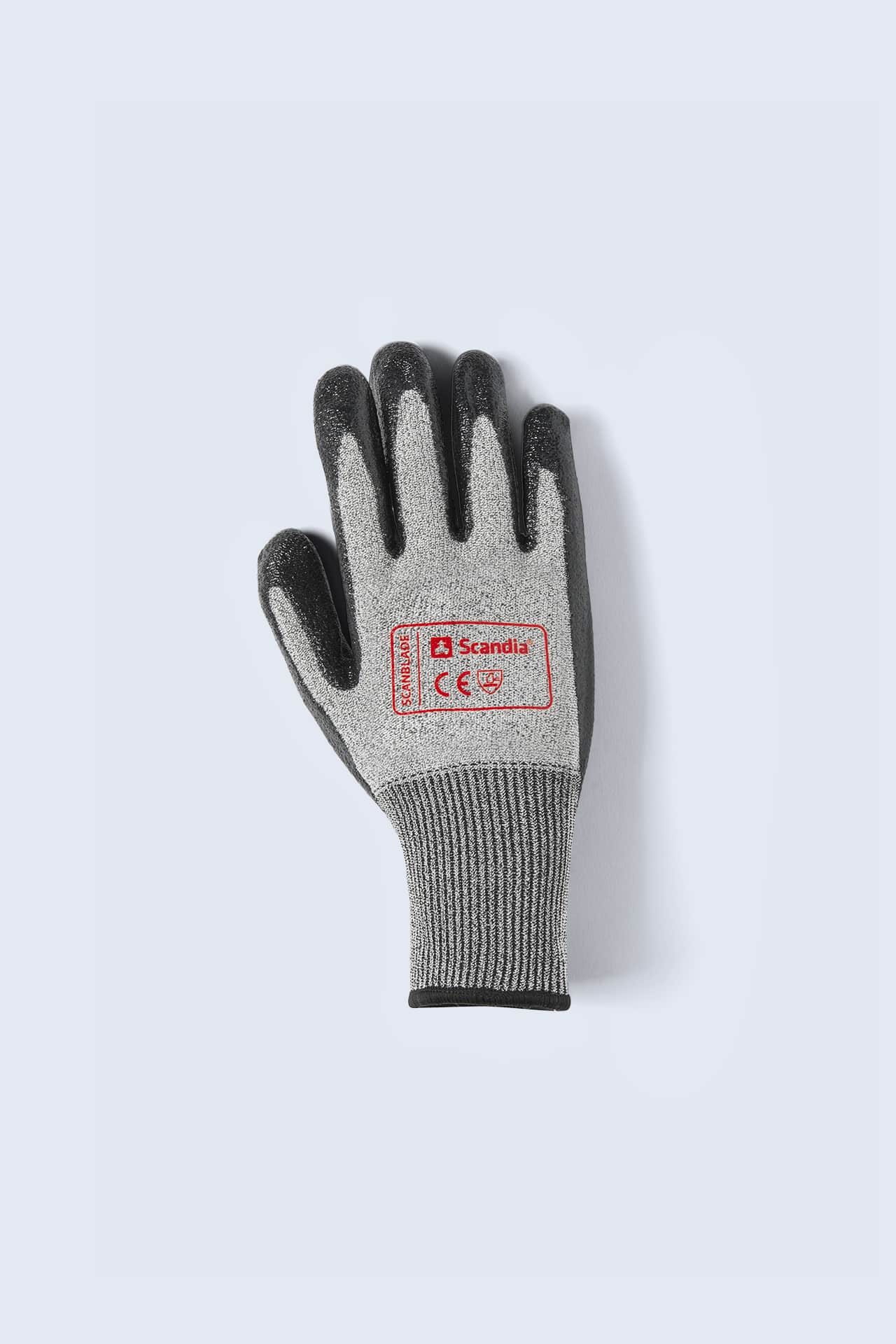EN 388
GLOVES PROTECTING AGAINST MECHANICAL HAZARDS
(EN 388:2016 supersedes 388:2003.)
This European Standard specifies requirements, test methods, marking, and information that must be provided for gloves that protect against abrasion, blade cut, tear, and puncture. This standard is applicable only in conjunction with EN 420. The test methods described in this standard may apply to protective equipment (e.g., arm protectors) that does not constitute a glove or apparel.
In accordance with EN 388:2004, all tests must be conducted on the material in the glove’s palm area and on the material combination used in the glove’s construction.
Protection against mechanical hazards is expressed by a pictogram followed by four numbers (i.e., performance levels), each representing test performance against a specific hazard.
A – Resistance to abrasion
Based on the number of cycles required to abrade through the sample glove (e.g., abrasion by sandpaper under a specified pressure). The protection factor is then indicated on a scale from 1 to 4 depending on how many revolutions are required to make a hole in the material. The higher the number, the better the protection (See table below.)
B – Blade cut resistance
Based on the number of cycles required to cut through the sample glove at a constant speed. The protection factor is then indicated on a scale from 1 to 5.
C – Tear resistance
Based on the amount of force required to tear the sample. The protection factor is then indicated on a scale from 1 to 4.
D – Puncture resistance
Based on the amount of force required to pierce the sample with a standard-sized point. The protection factor is then indicated on a scale from 1 to 4.
Note: results marked with an X indicate that the glove was not tested against this hazard is not tested; results marked with an O indicate that the glove did not pass the test.
Levels of performance:
| Test | Level 1 | Level 2 | Level 3 | Level 4 | Level 5 |
| Abrasion resistance (No. of cycles) | 100 | 500 | 2000 | 8000 | – |
| Blade cut resistance (Index) | 1,2 | 2,5 | 5,0 | 10,0 | 20,0 |
| Tear resistance (Newton) | 10 | 25 | 50 | 75 | – |
| Puncture resistance (Newton) | 20 | 60 | 100 | 150 | – |
The 2016 update to EN 388 retains the four categories (A to D) and specifies additional hazard categories:
E – Blade cut resistance (EN ISO 13997)
Using only sharpened straight blades (i.e., no dull or dulling blades), this test measures the durability of the sample glove against cut-through inside a distance of 20mm, allowing for the calculation of a score from A to F, with F being the highest rating. This test is used primarily for specialized products (e.g., firefighters’ gloves).
F – Impact protection
The letter P is used to indicate that a sample glove has passed the impact protection test. Conversely, the letter F is used to indicate that a sample glove has failed the impact protection test.
| Test | A | B | C | D | E | F | |
| E | EN ISO 13997 (Newton) | 2 | 3 | 5 | 15 | 22 | 30 |
| F | Impact protection | Passed (P) or Failed (F) | |||||

Warning! Observe caution when working with moving mechanical parts as material can become entangled and cause injury. Gloves must not be worn if there is a risk of entanglement by moving mechanical parts.
